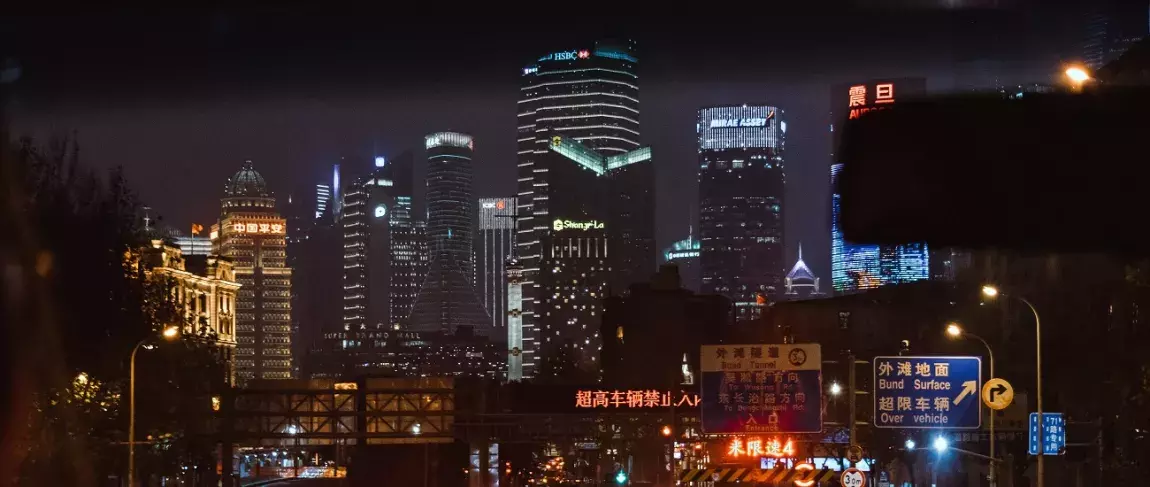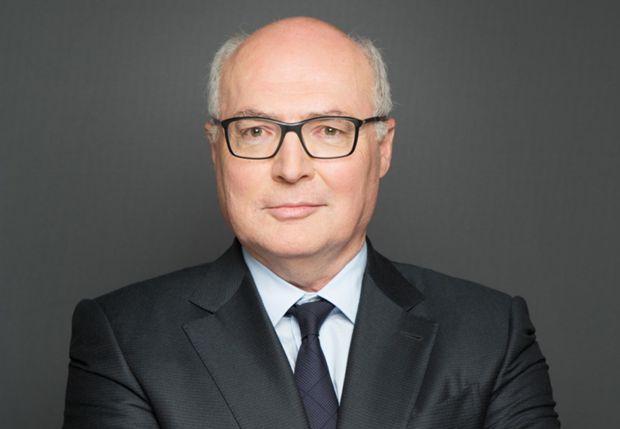
Hydrogen mobility in China: rapid growth and increasing competition
Fuel cell systems are a game-changing technology for zero-emissions mobility. More than 30 countries around the world are supporting the development of supply chains that will be essential to the mass adoption of hydrogen-powered vehicles. Faurecia conservatively estimates that there will be 2.5 million hydrogen vehicles sold in 2030, of which a significant part will be in China.
Hydrogen mobility is not just a key lever for lowering CO2 emissions, but for China and many other countries around the world, it is also an issue of strategic geopolitical importance, reducing dependence on fossil fuel imports and spurring the development of local green tech supply chains. Increasing the share of renewable or decarbonated energy, while meeting the energy needs of over 1.4 billion citizens, will play an important role in China’s objective for carbon neutrality in 2060. Hydrogen mobility, which maximizes vehicle operating time, is well-suited to transportation and logistics and so will be the key technology in the electrification of commercial vehicles, heavy-duty, trucks, city buses and even taxi fleets. Commercial vehicles, whilst representing only 10% of vehicle sales in China, are responsible for more than 20% of the kilometers travelled per year, a crucial measure for emissions control. With China representing an important share of the global commercial vehicle market, depolluting this segment is a priority.
The Chinese government is aiming for mastery of the complete fuel cell system, and is encouraging the growth of local manufacturing for all of the components. The government’s objective to have 5,000 hydrogen-powered vehicles in operation by 2020 was reached in 2019. With the 2022 Winter Olympics in Beijing in sight, the Chinese government is eager to showcase the strides it will have made in zero-emissions mobility. The next goals are 50,000 vehicles by the end of 2025 and 1 million by 2030. Most of these are likely to be light utility trucks and other commercial vehicles.
The level and nature of government support has been intensified to include not only industrial production but also the purchase of fuel cell vehicles. With increasing production and the development of refueling stations, more companies and municipalities are now ordering hydrogen vehicles, encouraging private sector investment.
For Faurecia, the key difference between hydrogen mobility in China and Europe is regulatory. Type IV hydrogen tanks used in Europe are not yet approved for use in China, which still relies on Type III tanks that use an aluminum liner instead of a plastic one for mobility applications. In the future we expect regulations to converge to international norms.
To support this convergence, we recently acquired a majority stake in CLD, a top three Chinese hydrogen tank manufacturer. Their activities include the industrial production of Type III tanks and the development of Type IV prototypes for major Asian customers. With the acquisition of a majority share of CLD, Faurecia is able to produce Type III tanks today, and is well-positioned to start producing Type IV tanks in China when these receive regulatory approval for the automotive industry.
Faurecia’s presence in the hydrogen mobility market in China is also strengthened through Symbio, our joint venture with Michelin, which produces fuel cell systems. Symbio is currently establishing a subsidiary in China in order to support customers locally. At this year’s Auto Shanghai, Faurecia and Symbio feature a fuel cell truck equipped with their latest technologies for hydrogen mobility, demonstrating a full system approach.
With hydrogen mobility being well-suited to commercial and heavy-duty vehicles and subsidies targeted to manufacturers as well as end-users, we foresee a ramp up to larger-scale industrial production as OEMs and municipalities order fuel cell systems for larger fleets. For Faurecia and Symbio, China’s focus on hydrogen mobility is a key opportunity for growth and we are ready to support their ambitious goals for emissions reduction by advancing hydrogen mobility.


